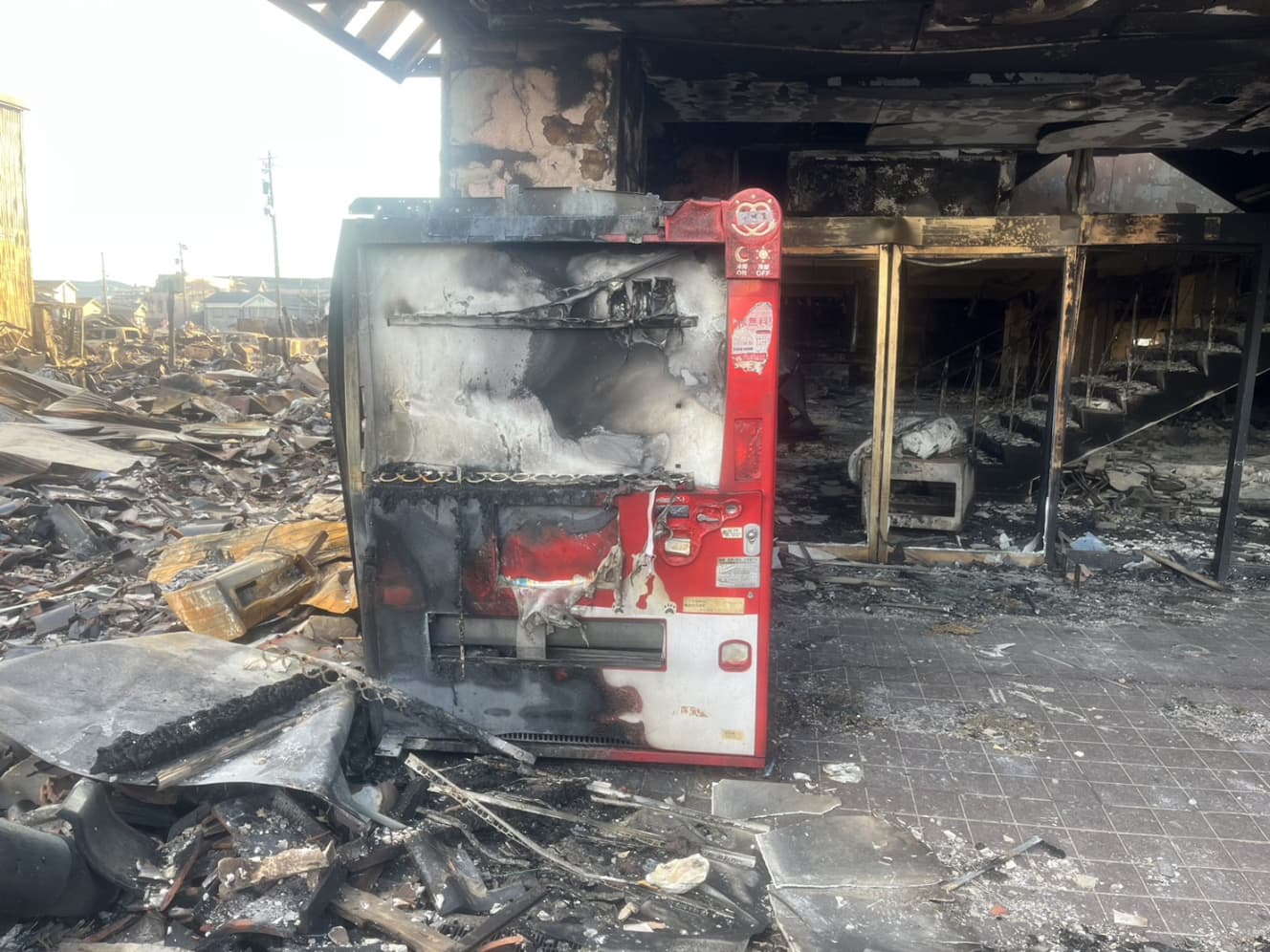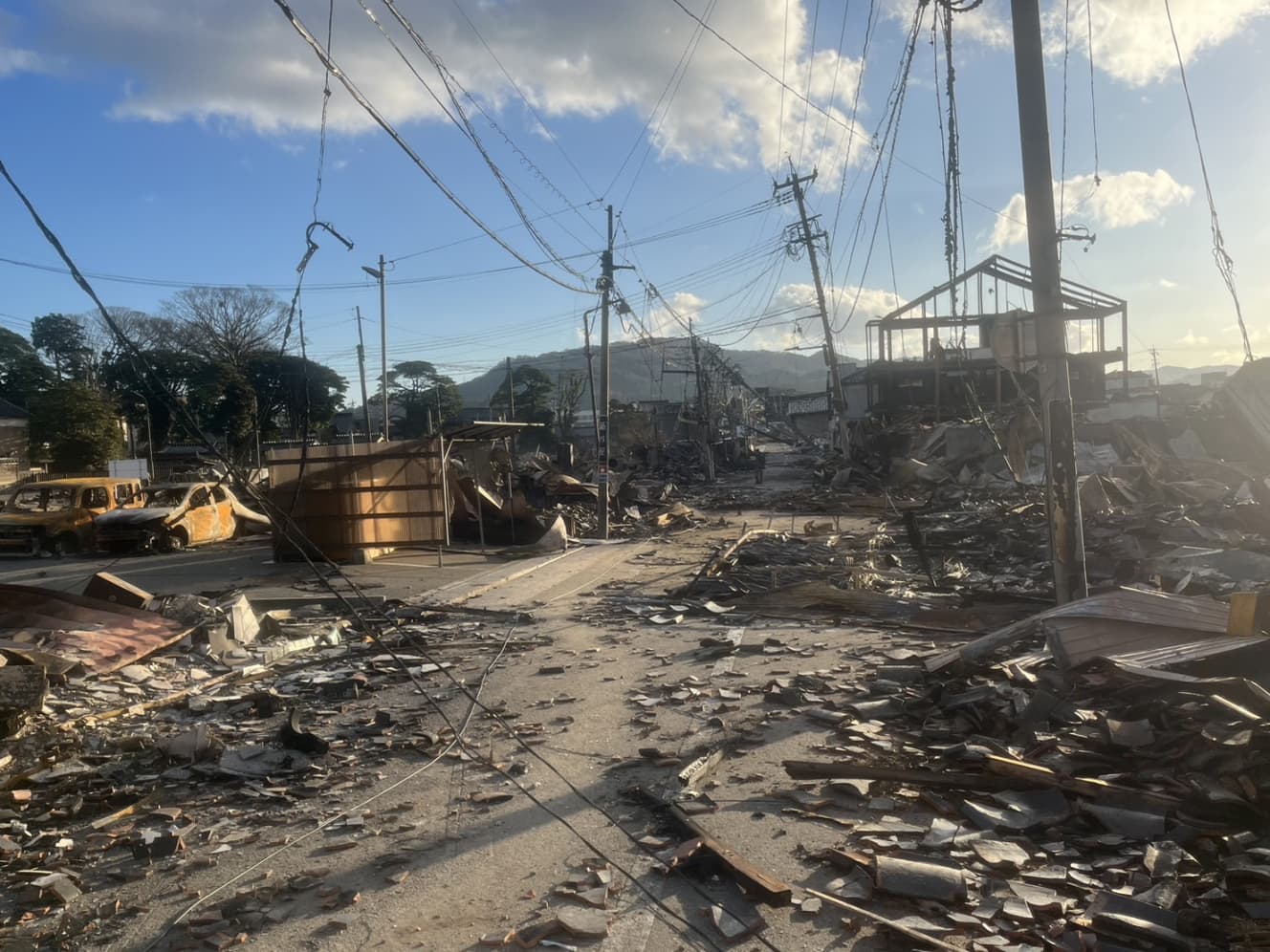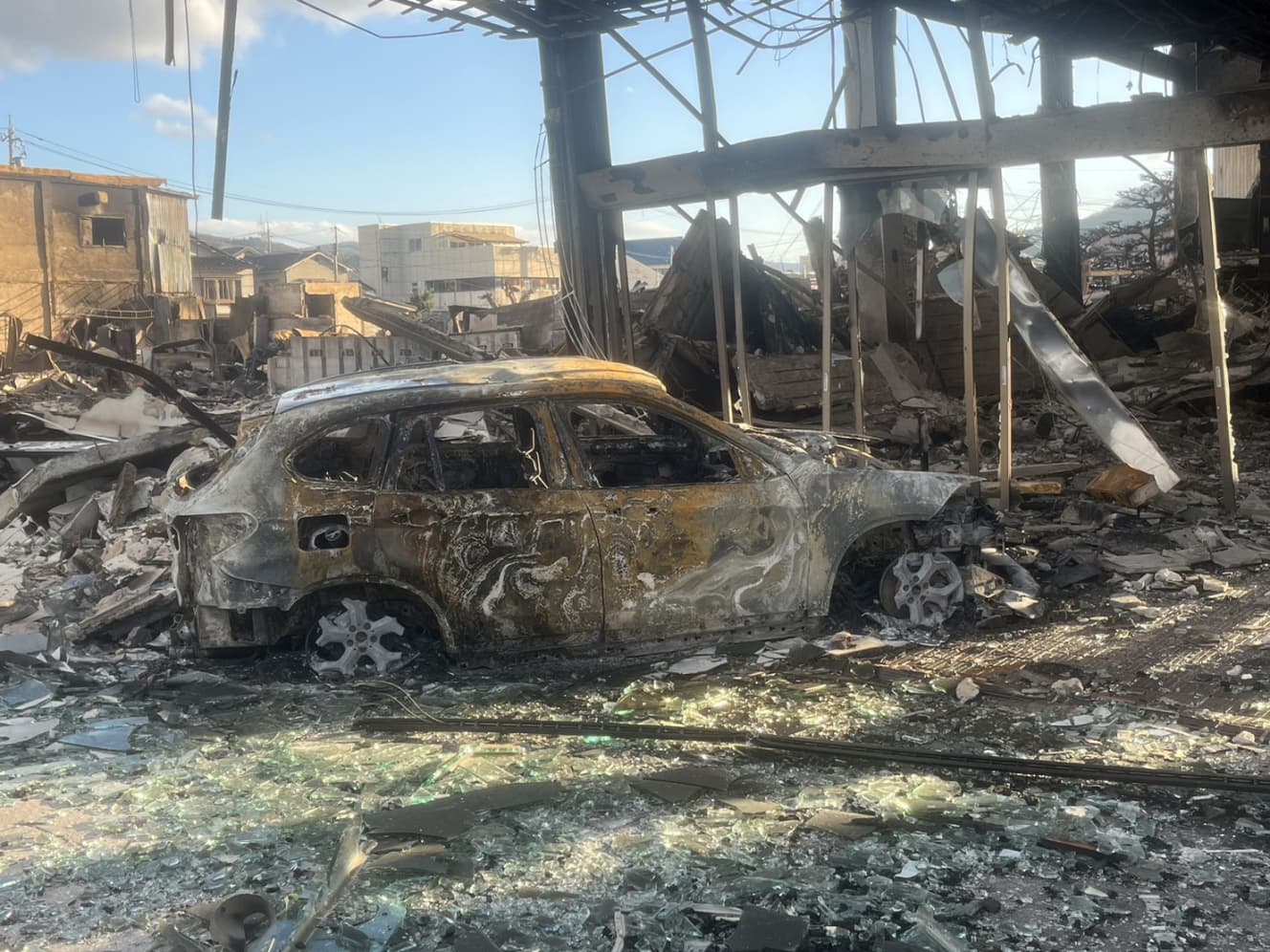Noto Earthquake’s Aftermath: Scenes of Devastation and The Survivors’ Struggle
A major earthquake hit Ishikawa Prefecture on January 1. The earthquake measured a maximum intensity of 7 on the Japanese seismic scale, and a major tsunami warning was issued. Aftershocks are still continuing in and around Ishikawa Prefecture.
Buildings collapsed and fires broke out in Wajima City, Suzu City, and Anamizu Town in the northern part of the Noto Peninsula, where damage was particularly severe. The entire area has been transformed into a horrific place.
The reporter headed for the Anamizu area, where roads were cracked, and some roads were completely blocked off, even for moving cars.
Cracks in the ground occurred in many places, indicating the magnitude of the earthquake. On the way to Anamizu Town, we spoke with a man who was sleeping in his car.
He said, “The roads are impassable, and even if I wanted to go home, I couldn’t. The water is also cut off, so I have to stay in my car. The water supply has also been cut off, so we are sleeping in our car. I’m eating only calorie mates that I could buy at a convenience store. I need to take a bath and freshen up.”
This man lives in Anamizu Town, but the road to his house has been cut off, so he is staying in his car. He told us that immediately after the earthquake struck, he ran to a convenience store and bought food and water that could be stored, but other than that, he had done nothing.
As we entered Anamizu Town, we saw many collapsed buildings. The first floor of a two-story house was completely crushed, while another house was tilted at an angle, indicating the severity of the damage. In some places, large amounts of roof tiles are scattered about, blocking roads and making it impossible to see the road.
In Wajima City as well, roads in the streets are blocked, and many are closed. Damage caused by fires is noticeable in this city, and burnt-out houses can be seen in many places.
Since the fires had not been extinguished for some time, the smell of burnt objects wafted through the air, and the magnitude of the disaster could be felt firsthand.
A man living in Tokyo who was returning home to his parents house agreed to be interviewed.
“My shed collapsed at my house. Fortunately, I was not injured, but I never thought this would happen. I will start work on the 9th, but I will take some more time off after consulting with my company. I don’t have time to go to work.”
The man said his two-story storage shed collapsed in the quake. He was returning home in time for the New Year but will not be returning to his home in Tokyo.
Aftershocks continue to occur in the area around Ishikawa Prefecture, making the situation very precarious. Prompt support for the afflicted areas is required.
FRIDAY Digital welcomes your information and tip-offs. Please send your information to the following information form or to the official X.
Information Form: https://friday.kodansha.co.jp/tips
Official X: https://twitter.com/FRIDAY_twit







